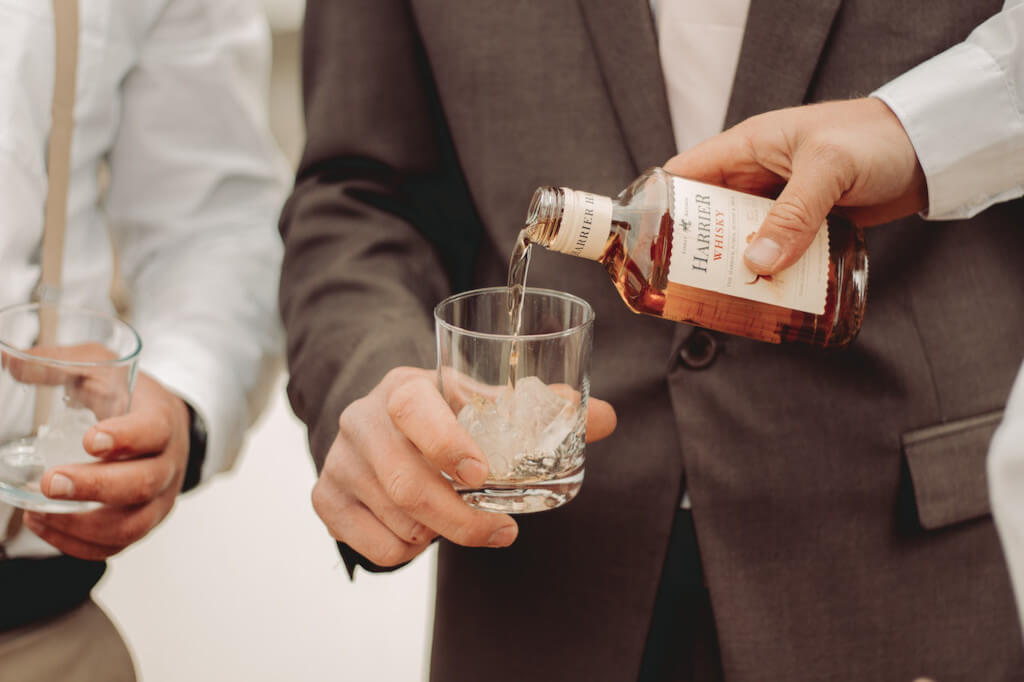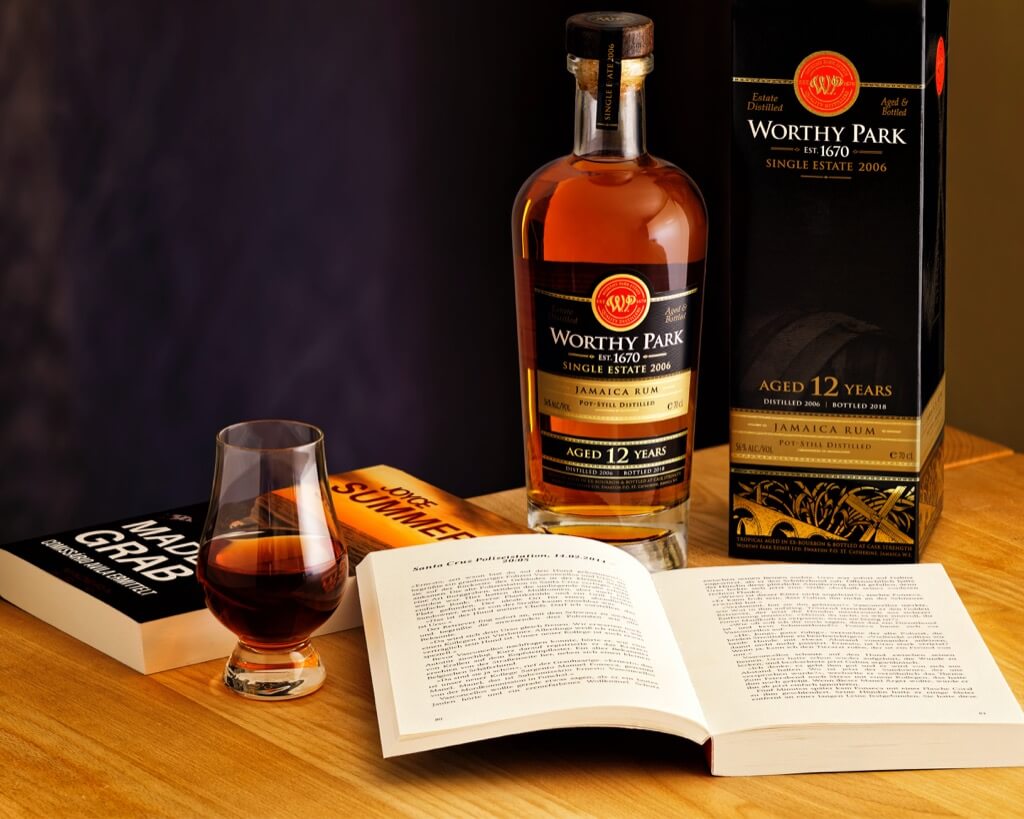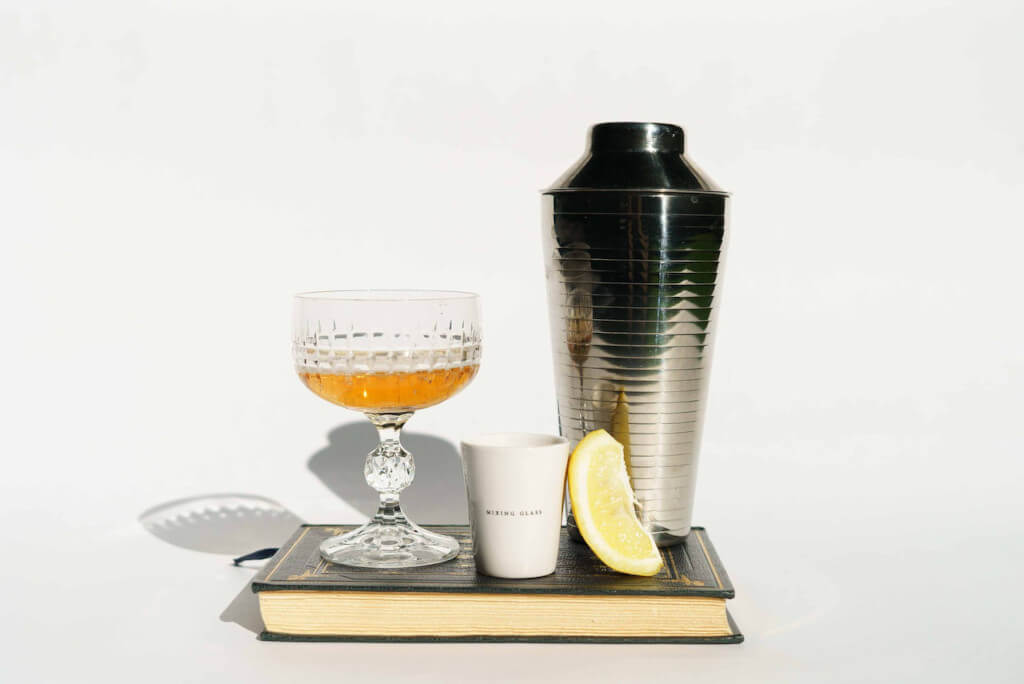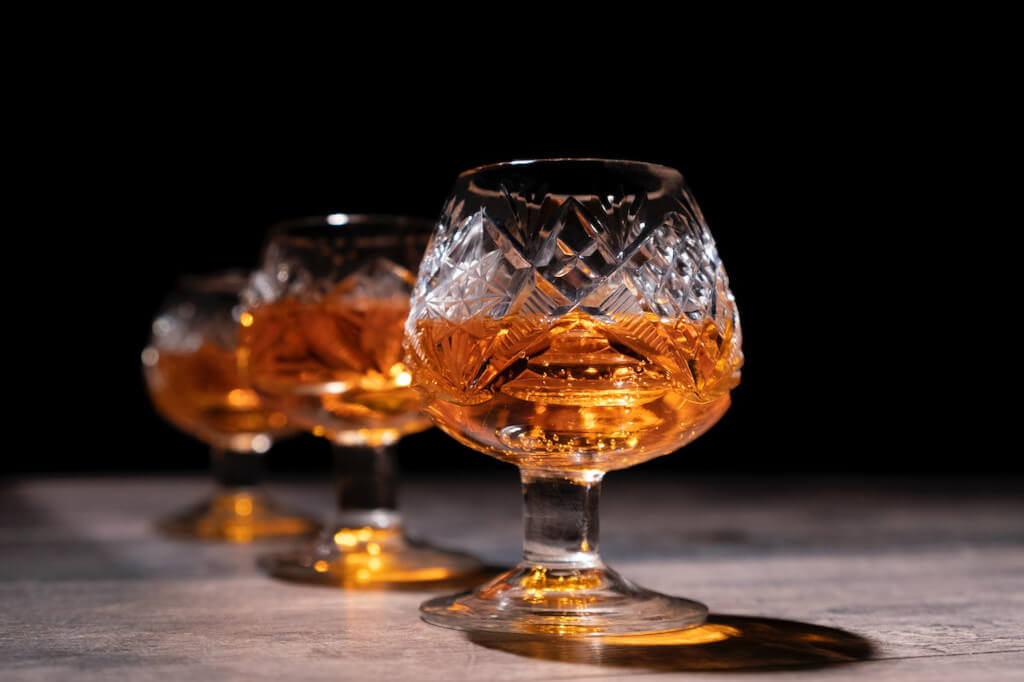Whiskey tasting is equal parts art and science. Both are essential to the procedure. Whiskey tasting is an acquired skill that requires time, patience, and, on the bright side, lots of practice.
Even though taste engages every sense, it’s not only about that. Whiskey tasting is an opportunity to go beyond the realm of the senses and into the realm of evaluation, which will enable you to pinpoint the individual smells in a whiskey and gain a deeper appreciation for it. The one catch is that whiskey contains more than the combination of its perceptible parts, which can make this approach tricky. First, since tasting comprises more than just the whiskey’s attributes; it also includes the taster’s unique impressions, which will vary according to their own background, expectations, and cultural lens.
A whiskey’s ‘aura’ and the way each taster interprets it can have an impact on how much they enjoy it, and the context in which it is enjoyed can also play a role. Whatever the case may be, whiskey tasting is largely a sensory experience, and the following tips will help you not only accurately identify scents but also get the most out of them.
Getting Ready to Taste Whiskey
Selecting Whiskey Glasses
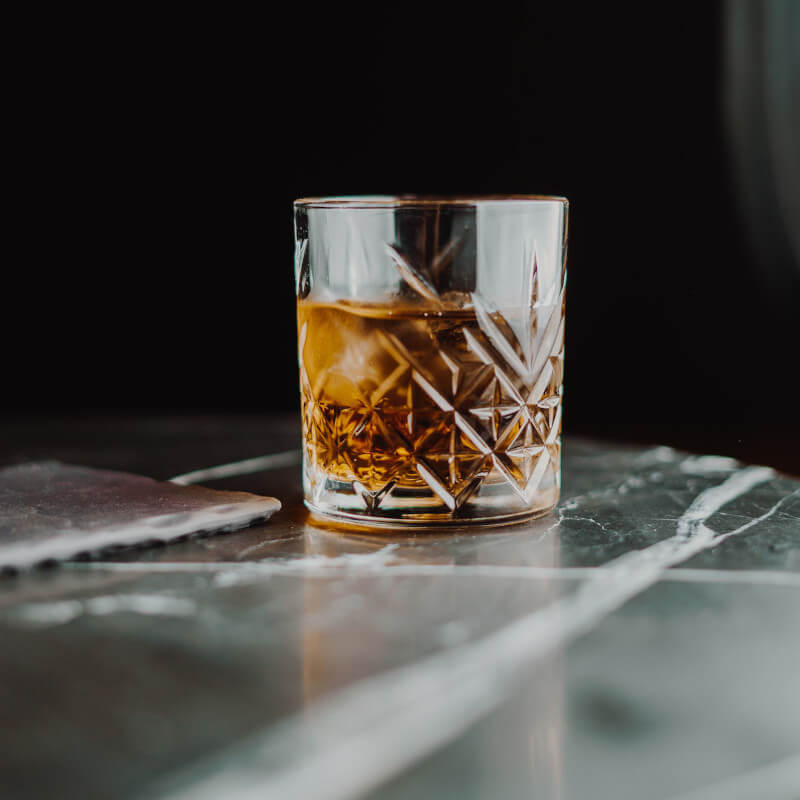
Having the proper glasses on hand is an essential part of whiskey-tasting preparation. Any tulip-shaped glass would suffice, but the Glencairn is the holy grail of whiskey-tasting vessels. You may wonder, “Why tulip-shaped?” This is because the aroma of the whiskey is more concentrated near the top of the glass. The whiskey has plenty of room to expand and release its aroma in the generous bowl. Then, the lid narrows, trapping all the whiskey’s wonderful aromas and making it simpler to take it all in. The stem, oh yes. It’s designed so you won’t accidentally warm your drink while holding the glass.
Selecting the Perfect Whiskey
It’s like looking for a needle in a haystack, only that the haystack is filled with tasty bottles of golden nectar, and the needle is the ideal whiskey. You and your fellow whiskey drinkers can make a well-informed choice by reflecting on personal tastes, learning about the range of whiskies available, and factoring in cost and availability. Don’t forget that whiskey tasting is a way of venturing out and trying something new; enjoy yourself as you sample the many whiskies available in this vast and wonderful world.
Stir Your Beverage
Check out the whiskey’s hue as it mingles in your glass. The color of the liquor can tell you approximately its age, the type of cask it was kept in, and even some of the flavors you can expect. However, you should know that color can be deceiving as well.
Darker whiskey has a long history of being linked with superior flavor and fragrance. Whiskies with a deeper color are seen as more refined. Similarly, if the whiskey is too light in color, it may be assumed that it is too young, too simple, or both. It’s generally true that older whiskies with a darker color will have a deeper flavor and complexity. Clear and colorless whiskey flows from the still before it is aged in wood barrels.
The various types of oak used to construct casks are responsible for the spirit’s hue. Most casks are made out of American White Oak, which imparts a golden crimson color to the liquor stored inside. Some people prefer the deeper yellows that European Oak brings to their whiskey. It also matters how roasted the oak is. Whiskey takes up the sugars of the barrel as it ages. When wood is charred, sugars in the wood caramelize and are absorbed by the whiskey. More charring also implies fewer wood tannins (responsible for the spirit’s drying effects on the mouth) soaking into the drink.
The age of the cask, alongside the kind of wood used, might affect the final hue. Unlike other whiskies, bourbon is matured only in new wood casks. These barrels may have originally held sherry, brandy, or port instead of bourbon. The whiskey’s hue will be affected noticeably by whatever was previously stored in the cask. Whiskey aged in sherry casks turns an amber color, a whiskey aged in port casks takes on a pinkish hue, and whiskey aged in bourbon casks is a lighter, more typical brown. Less color is leached into the spirit when the cask is utilized more and more.
Nosing

Whiskey is best enjoyed straight up, in a glass made specifically for that purpose. Take a deep breath in through your nostrils as you swirl your arms around. It may feel strange at first, but you will quickly adjust. Cigar smokers may recognize this as a classic method of exhalation. Without risking an ethanol cloud rushing across your delicate olfactory membranes, you should instantly start to “taste” the fragrances.
After a couple of retronasal breaths, switch to “orthonasal” breathing (breathing straight into the nose), but continue with slow, shallow breaths at first. With each method, I receive a somewhat distinct aroma.
Tasting
You can expect the first mouthful to be hot or at least heated. Not a problem. Wait until all of the liquid has had a chance to mix with your saliva before swallowing. But remember this: you can’t pass judgment just yet. Don’t even bother concentrating on tasting anything just yet.
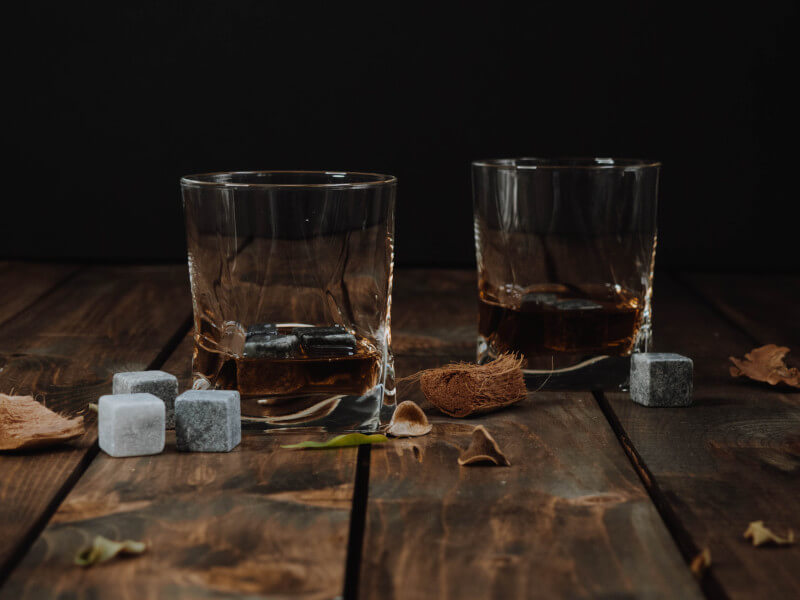
Alcohol, unlike the oil-based capsaicin found in spicy meals, can be evaporated, providing the mind time to adjust to the new level of pain. Luckily, our adaptive brains allow us to make this adjustment in just a minute. So, when you’ve taken a moment, go ahead and take another gulp. You can taste it now, which is a big improvement. With each of the initial three or four sips, you’ll pick up more and more sensory information (such as taste).
Long-Term Adjustment and Social Tasting
The initial impression of the whiskey’s heat decreases as your taste buds become used to it, just like with spicy cuisine. To accomplish this, all you have to do is drink more whiskey. Keep in mind, though, that not everyone has tolerance for the sting of whiskey. Consider starting newbies out with lower-proof alternatives and educating them on proper nosing and tasting methods when sharing your favorite dramas with friends. Don’t criticize them for finding the whiskey too spicy, and tell them they shouldn’t pass judgment on it until they’ve tried a few drinks. A slash or a rock won’t do any harm, either, if they help split the proof in half.


